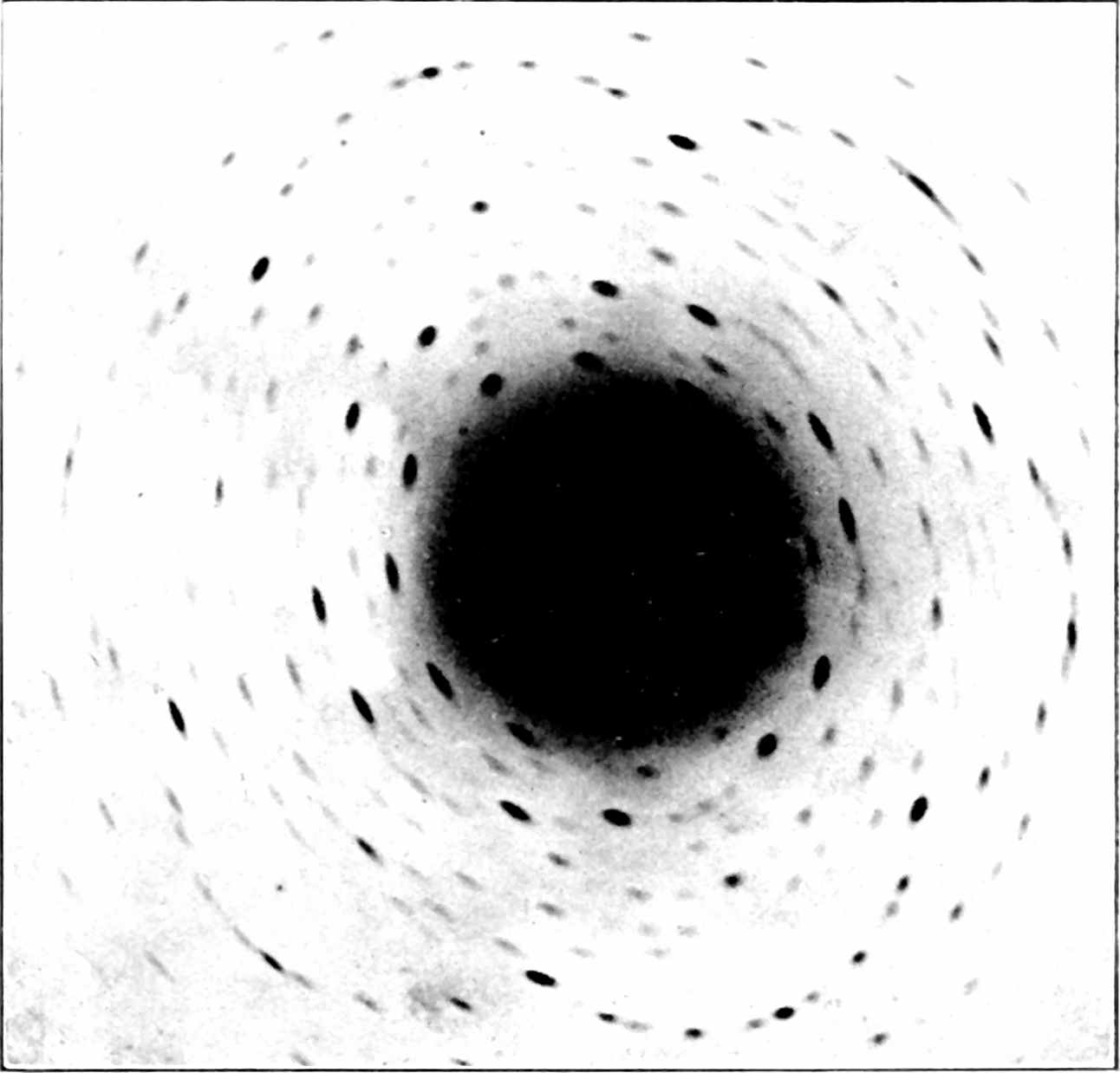Scattering transforms
March 16, 2022 — August 30, 2022
computers are awful
machine learning
machine listening
making things
music
signal processing
sparser than thou
Suspiciously similar content
Placeholder.
Transforms land somewhere between wavelets and convnets, which can encode some desirable invariances (translation, rotation), and multiple moments of a random field. This is not the same thing as scattering theory in physics, although presumably if I read deep enough, I will find that the scattering transforms are named for scattering theory.
More than that I do not know. The original authors do, though; (Bruna and Mallat 2013; Mallat 2012). S. Cheng and Ménard (2021) summarises some recent research in scattering transforms.
1 Interesting applications
Astronomy! (Greig, Ting, and Kaurov 2022; S. (程思浩). Cheng et al. 2020) Via Yuan-Sen Ting.
2 References
Bruna, and Mallat. 2013. “Invariant Scattering Convolution Networks.” IEEE Transactions on Pattern Analysis and Machine Intelligence.
———. 2019. “Multiscale Sparse Microcanonical Models.” arXiv:1801.02013 [Math-Ph, Stat].
Bruna, Mallat, Bacry, et al. 2015. “Intermittent Process Analysis with Scattering Moments.” The Annals of Statistics.
Cheng, Sihao, and Ménard. 2021. “How to Quantify Fields or Textures? A Guide to the Scattering Transform.”
Cheng, Sihao (程思浩), Ting, Ménard, et al. 2020. “A New Approach to Observational Cosmology Using the Scattering Transform.” Monthly Notices of the Royal Astronomical Society.
Greig, Ting, and Kaurov. 2022. “Exploring the Cosmic 21-Cm Signal from the Epoch of Reionization Using the Wavelet Scattering Transform.” Monthly Notices of the Royal Astronomical Society.
Mallat. 2012. “Group Invariant Scattering.” Communications on Pure and Applied Mathematics.
Oyallon, Belilovsky, and Zagoruyko. 2017. “Scaling the Scattering Transform: Deep Hybrid Networks.” arXiv Preprint arXiv:1703.08961.
Sprechmann, Bruna, and LeCun. 2014. “Audio Source Separation with Discriminative Scattering Networks.” arXiv:1412.7022 [Cs].
Wiatowski, Grohs, and Bölcskei. 2018. “Energy Propagation in Deep Convolutional Neural Networks.” IEEE Transactions on Information Theory.
